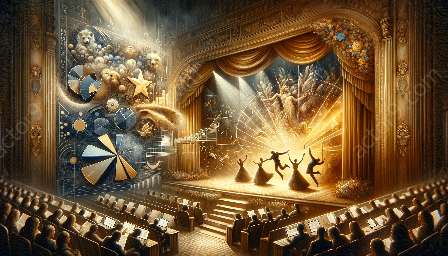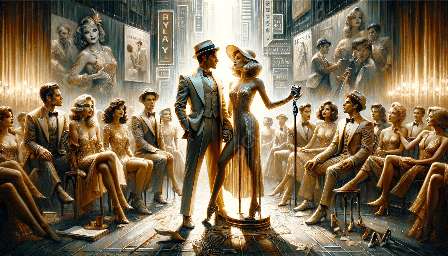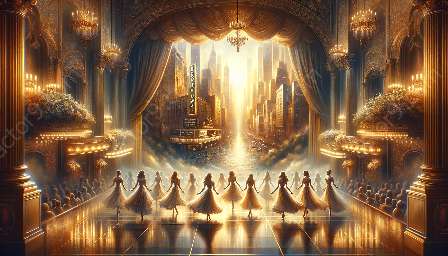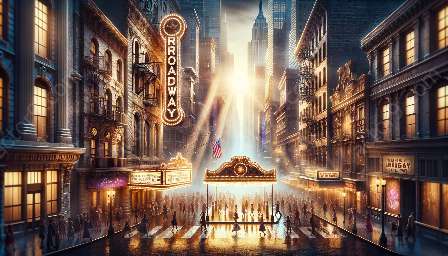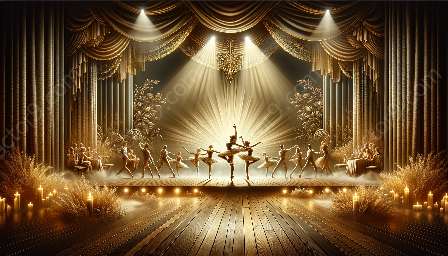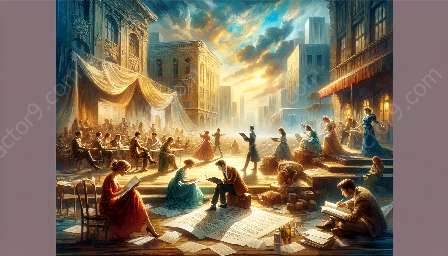Musical theater is a captivating art form that combines music, song, dance, and acting to convey powerful narratives. One significant component that contributes to the immersive storytelling experience is movement. In this article, we will delve into the integral role of movement in musical theater storytelling, its impact on various musical theater genres, and its influence on Broadway productions. By exploring the dynamic interplay between movement and narrative, we will gain a deeper understanding of how movement serves as a compelling storytelling tool in musical theater.
Movement as a Narrative Tool
The use of movement in musical theater goes beyond mere choreographed dance sequences. It serves as a nuanced narrative tool that conveys emotions, relationships, and character development. From subtle gestures to elaborate dance numbers, movement amplifies the storytelling, adding layers of depth and meaning to the characters and their interactions.
The Expressive Power of Dance
Dance, as a form of movement, holds a special place in musical theater storytelling. It is a powerful mode of expression that transcends linguistic barriers to communicate complex emotions and plot developments. Whether it's a joyful ensemble number or a poignant solo performance, dance elevates the storytelling by translating the characters' inner worlds into captivating visual experiences.
Impact on Musical Theater Genres
Each musical theater genre incorporates movement in unique ways to enhance its storytelling. For instance, in classic musicals, tap dance routines and elegant ballroom sequences contribute to the timeless charm of the storytelling. In contrast, contemporary musicals may feature more avant-garde or interpretive movements that reflect modern sensibilities and thematic elements.
Broadway's Embrace of Movement
Broadway, as the epicenter of musical theater, has witnessed the evolution of movement as a storytelling device. From the iconic choreography of legendary shows like 'West Side Story' to the groundbreaking movement work in contemporary productions, Broadway continues to showcase the profound impact of movement on storytelling. The synthesis of movement and narrative excellence has elevated Broadway productions to global acclaim.
Immersive Storytelling Through Movement
Ultimately, movement serves as a vital component in the art of musical theater storytelling, enabling audiences to engage with narratives on a profound level. It intertwines with music, lyrics, and dialogue to form a cohesive storytelling tapestry that captivates and resonates with audiences across diverse musical theater genres and Broadway spectacles.
In Conclusion
The role of movement in musical theater storytelling is indispensable, shaping narratives, characters, and emotional resonances in ways that are both timeless and contemporary. As we continue to witness the evolution of musical theater, movement stands as a dynamic force that enriches and enlivens the storytelling experience, ensuring that the magic of the stage endures for generations to come.










